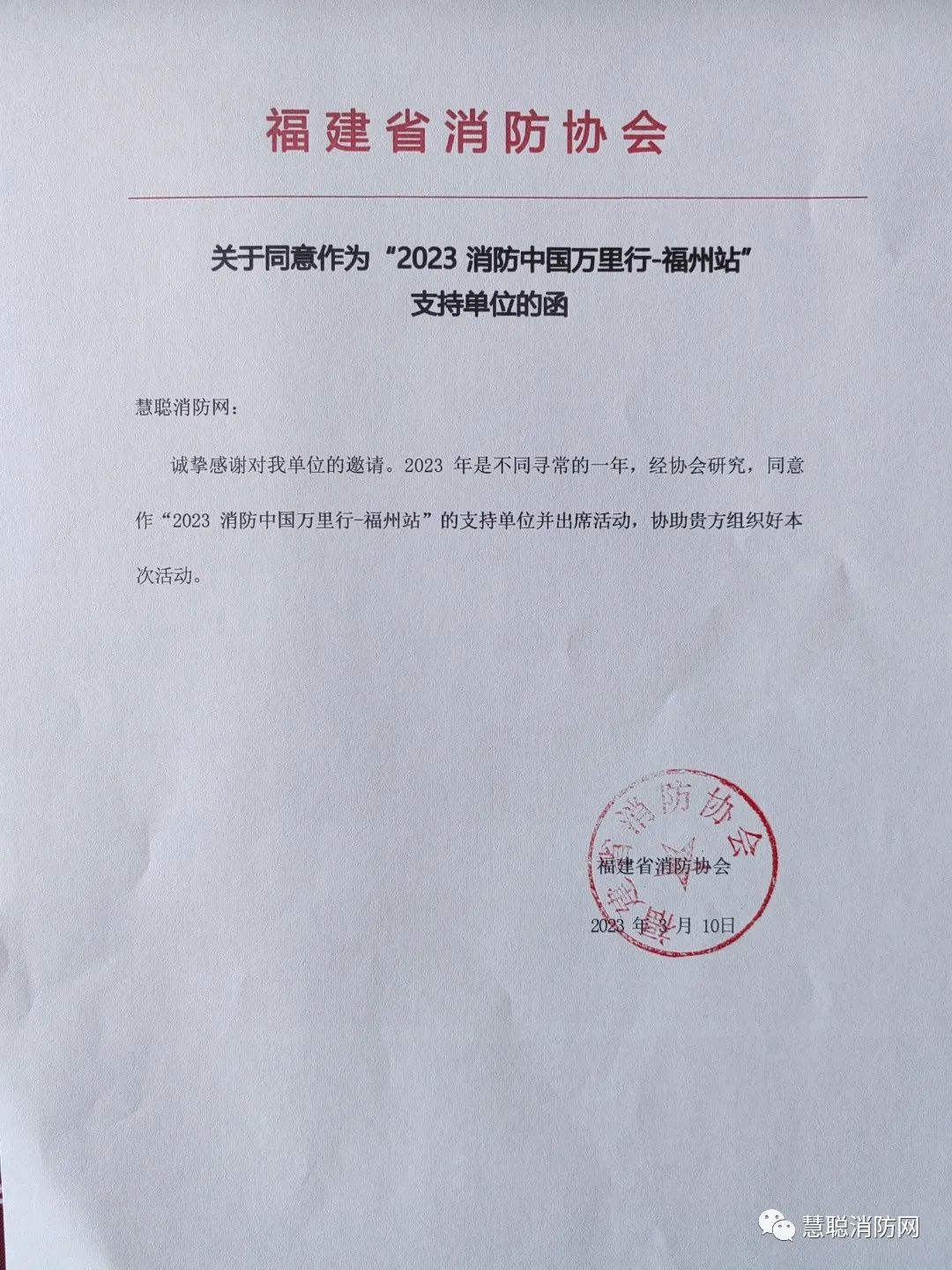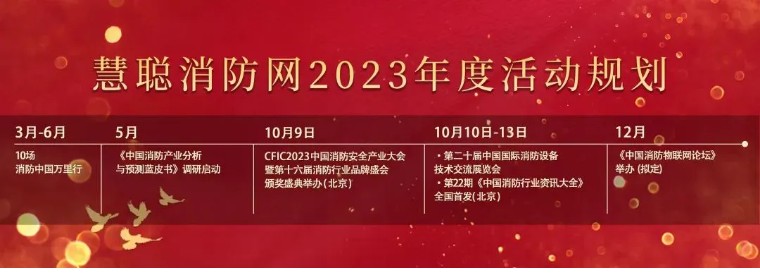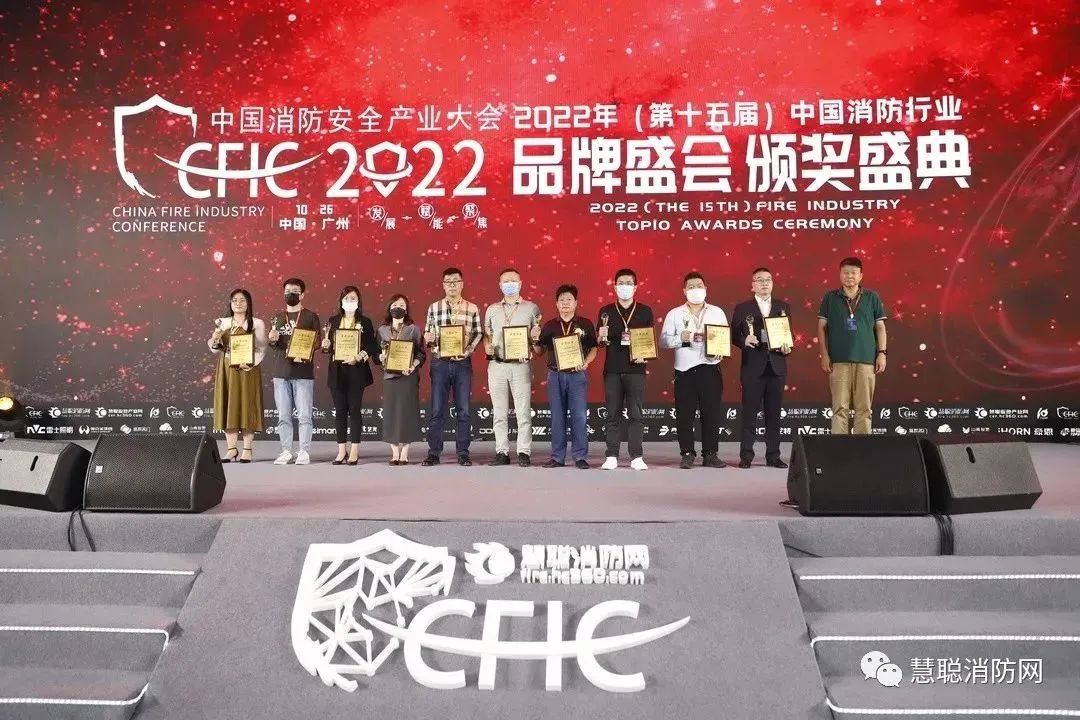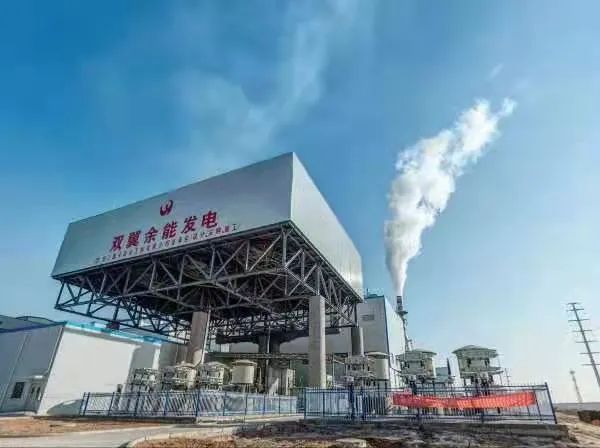慧聪消防网讯 上海陶瓷研究所、中国科学院一项新的研究成果:抗火和耐高温纸。这种纸是从磷酸钙和羟磷灰石Ca10(PO4)6(OH)2中提炼出来,以后可以用来印刷和记录重要的文件,并且可以保留它们很长时间。
纤维素基纸
纸在我们日常生活中占据着很重要的位置,它有很多种用途,最常规的便是写作和印刷。从化学角度分析,传统纸张的主要成分是纤维素,从木材或草中提取的天然聚合物,还有其他一些组成部分,如漂白剂和添加剂,也是混合气体的一部分。为了提高印刷品的性能,纸张表面必须涂上非常薄的无机物。
可能出现的问题和对环境的影响
虽然纸对我们来说是非常重要的,但是它可能会导致一些问题。首先,纤维素降解,导致草酸的醋酸和乳酸等酸性化合物的形成,此外,这些化合物裸露在空气中,从而在表面形成一种淡黄色的物质。还有,它采用的是高度易燃材料。所有这些问题可能会破坏纸张作为一个长期的存储使用信息的介质。另外,由于纸的原料来自树或者草,可能对环境产生影响。随着纸的生产量加大、大量的浪费和较低的利用率,这种影响越来越明显。
纸的创新配方
研究人员试图开发替代和创新的配方来解决以上问题。用一层适当的保护材料来保护纤维素,通过这种方式,能够获得水,这是其中的一种方式。另外,我们还可以考虑用其他化合物来制作纸。
羟磷灰石基纸
上海陶瓷研究所、中国科学院(上海)研究员顺着第二种方式,开发了一种新的无机化合物制成的纸——羟磷灰石,公式是Ca10(PO4)6(OH)2。羟磷灰石是骨骼和牙齿的主要成分,具有较强的相容性,是一种很常见的材料,这也是羟磷灰石第一次用于造纸。
超长纳米线
这项研究的主要研究人员朱教授解释了解码科学是怎么将这种材料制作出来的:“羟磷灰石是相容性高的磷酸钙,白色、无毒、资源丰富、不易燃、耐高温,是理想的制作纸的候选原料。为了克服灵活性的问题,我们将羟磷灰石超长纳米线作为造纸的材料。然而合成羟磷灰石超长纳米线是有些困难的,通常形成的是短的纳米棒。我们基于不同的试剂的使用,开发出一种新的物质即油酸钙。根据这种方式我们获得了羟磷灰石超长纳米线,长度为几十微米,并且非常细、非常灵活,纳米线可以弯曲不会打结。”
从线到片
我们采用了简单的过程过滤制备羟磷灰石纸。我们用布氏漏斗过滤乙醇和羟磷灰石超长纳米线,通过真空过滤,线被沉积在滤纸的低层,上面形成紧凑的羟磷灰石层。然后将这两层分开,分开的羟磷灰石纸可以作为独立的白皮书。羟磷灰石纸的厚度和面积可以随意调整。”
卓越的性能
羟磷灰石纸的制作过程具有显著的特性。正如前面提到的,它灵活度高、印刷质量好与传统的纤维素纸无异。还有它最重要的优点是它的防火性和耐高温性,耐火温度高达450摄氏度。
朱教授寄语:
“这新型的纸可用于打印或书写非常重要的文件,能完好的保存很长一段时间。”
(文章原登于《欧洲》编译/刘坤苗)
此消息系编译自国外媒体,慧聪消防网登载此文出于传递更多信息之目的,并不意味着赞同其观点或证实其描述。文章内容仅供参考。
原文>>
Flexible and Fire Resistant Paper: New Research
Researchers from the Shanghai institute of Ceramics,Chinese Academy of Sciences have developed a new paper which is resistant to fire and high temperatures (>450 oC). They made this new substance from a calcium phosphate compound,hydroxyapatite Ca10(PO4)6(OH)2; we can potentially use it for both printing and writing.
This novel kind of inorganic paper can be useful for important documents – preserving them for prolonged periods of time.
Cellulose-based Paper
Paper is a material essential in our everyday lives; we can use it for many different applications,although the most common ones are writing and printing.
Chemically,the main component of the conventional paper is cellulose,a natural polymer extracted from the pulp of wood or grass. Other minor components,such as bleaching agents and additives,are also part of the mix.
To have the characteristics necessary for the high-performance printing,paper has to be coated with a very thin layer of inorganic material.
Possible Problems and Impact on the Environment
Although paper is very important for us,it can cause some problems.
One issue is that cellulose may degrade,leading to the formation of acidic compounds such as oxalic,acetic and lactic acid. Moreover,paper made from mechanical pulp contains lignins; these are compounds which,in contact with air and light,can form molecules with a pale yellow color. Another very serious problem is that it is a highly flammable material.
All these issues may undermine the use of paper as a long-term storage medium for information.
Further to this,the production of huge amounts of paper may have an impact on the environment,as trees and/or grass are used to make it. This effect is becoming more and more noticeable,as our society is producing increasing quantities of paper,with a high level of waste and minimum level of reuse.
Innovative Paper Formulations
To try to solve some of these problems,researchers tried to develop alternative and innovative formulations for paper.
One possibility is to protect the cellulose with a layer of an appropriate protecting material; in this way,for instance,it is possible to obtain water-proof paper.
Alternatively,we can consider paper made of different chemical compounds.
Hydroxyapatite-based Paper
Researchers from the Shanghai institute of Ceramics,Chinese Academy of Sciences (Shanghai,China) followed this second approach and developed a new paper made of an inorganic compound,hydroxyapatite (HAp),whose formula is Ca10(PO4)6(OH)2.
HAp is a very common material as it is the main component of bones and teeth. As it is very biocompatible,synthetic HAp is normally used to make bone replacement material. This is the first time that HAp is employed for paper fabrication.
Ultralong Nanowires
Professor Ying-Jie Zhu,the leading researcher in this study,explains to Decoded Science how they made the material:
“HAp is a calcium phosphate with high biocompatibility and essentially no toxicity; it is white in color,abundant in nature,nonflammable and high-temperature resistant. Therefore,it is an ideal candidate for fabricating paper. However,the most challengeable problem is its low flexibility. To overcome this,we adopted HAp ultralong nanowires as the paper-making material.”
The difficulty,however,to synthesize HAp ultralong nanowires,because HAp usually forms short nanorods or nanoneedles. Professor Zhu explains how they did:
“We have developed a new method,based on the use of a different reagent,which is calcium oleate. In this way we obtain HAp ultralong nanowires,with lengths of tens of micrometers and very high aspect ratios (>100). The as-prepared ultralong nanowires are highly flexible and can be bent or rolled without being broken.”
From Wires to Sheets
To go from wires to sheets,the process is very simple. As professor Zhu says:
“We adopted a simple process of suction filtration for making the HAp paper. We dispersed HAp ultralong nanowires in ethanol and poured the suspension onto a filter paper in a Buchner funnel. With vacuum filtration,the wires were deposited on the filter paper,making a compact HAp layer. Subsequently,the HAp layer was separated from the filter paper,as a free-standing white paper. The thickness and area of the HAp paper can be easily tuned by varying the amount of HAp nanowires used in the fabrication process.”
Remarkable Properties
The HAp paper made with this process has remarkable properties. As already mentioned,it is highly flexible,like the conventional paper; the quality of the printing on it is also comparable to that of the standard cellulose paper. Further to this,it is fire resistant,and also resistant to temperatures as high as 450 oC.
The picture on the side shows the good quality of the printing on the HAp paper (top) and how this material does not get burnt or damage by the flame.
Moreover,after adding sodium silicate (Na2SiO3) to the HAp matrix,the HAp paper is also very strong; in fact a 450 g weight can be suspended from a small sheet of the paper,without the paper breaking.
According to professor Zhu:
“This new kind of paper can be used for the printing or writing of very important documents,which could be well preserved for very long periods of time.”
Professor Zhu and his coworkers published their results in Chemistry – A European Journal,on the 2nd of January 2014.








 加载中,请稍侯......
加载中,请稍侯......
精彩评论